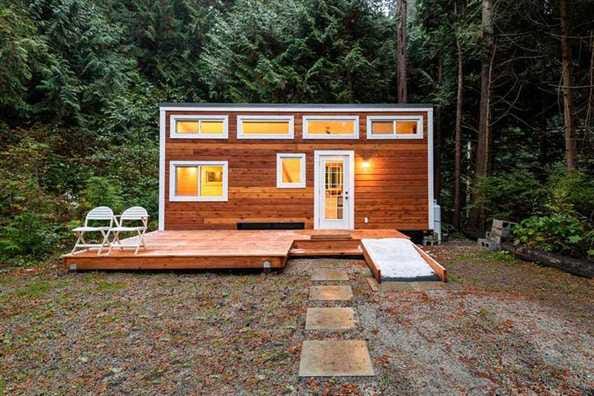

There’s something incredibly idyllic about a cabin, out in the woods, isolated from the rest of the world. A chance to get out on pristine lakes and go fishing, a chance to hike through the wilderness. Why this image is so beautiful, it’s hard to say - perhaps it’s the history of the Voyageur in Manitoba, the trope of the rugged explorer venturing into the wild unknown. Then again, it could just be how nice it is to breathe in clean, fresh air, away from the hustle and bustle of city life. Whatever gets you outside to the cabin, you probably don’t want to be there without at least some modern conveniences; the most remote places, however, generally don’t have access to the power grid. That means you’ll need to generate your own power, and power generators can help.
The options for power generators are quite diverse, from tiny generators that won’t power much more than a couple of toasters to generators that can power every appliance in your home. The first step to getting a generator for you cabin, then, is determining how much energy you need the generator to produce. The best way of doing this is to check the wattage of all of your appliances; for a quick estimate of the capacity you’ll need, use these charts for power requirements provided by Home Depot. Add all the appliances you think you’ll be using together, and you’ll have a good idea of how much power you’ll need; you’ll rarely be running all appliances simultaneously, but it’s a good idea to overshoot expected capacity a bit, so that you’ll have enough power for any new gadgets you get your hands on.
There’s a ton of different types of power generators; Consumer Reports provides a guide to the best generators to give you an idea of how variable generators are. You’ll want to consider a few different things when selecting one. The upfront cost of the generator is one thing; another still is the ongoing costs of fuel. Some generators can run on a variety of fuels, including propane, gasoline and natural gas; others still can only run on gasoline. Depending on fuel costs in your area, you might want to opt for generators that can use diverse types of fuel. Noise is going to be another consideration you’ll want to keep in mind; after all, you’re out to enjoy the sounds of nature, not the sounds of a generator! You’ll also want to keep pollution in mind; some generators create toxic fumes, and must be kept fairly far away from the cabin, while others can be used safely indoors.
Storage batteries are a great idea for people who want substantial power generation without hearing the generator at all hours of the day. You can store generated power in large batteries, and then run your appliances off of the stored power; this is also a useful trick for having standby power if something goes wrong with your generator. Battery storage might mean you only need to run your generator once a day (if you get a battery with sufficient capacity), but batteries are quite expensive, so consider the cost-benefit tradeoff before diving in.
When you’re using a generator to power your entire home, you’ll want a team of qualified electricians to install it for you; this is doubly the case if you haven’t installed the circuitry for your cabin yet. You may also want to get a transfer switch installed; this will enable you to hook your cabin up to the grid more easily, should grid access ever become available. Transfer switches also enable you to switch the source of power from, say, the generator to a battery, with ease.
There are more environmentally friendly options for power generation developing, too. From solar power to generating your own wind or hydroelectric energy, there’s a wide array of different power sources available for off-the-grid cabins. These options might be more expensive than traditional power generators to install, and some might have less wattage available immediately, but the renewable element will save you money on fuel over time. Put the effort in, compare generators, evaluate the capacity you’ll need, and you’ll find something perfect for your cabin!